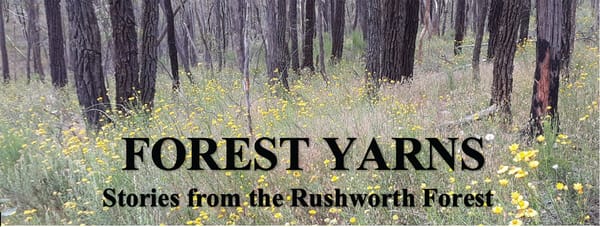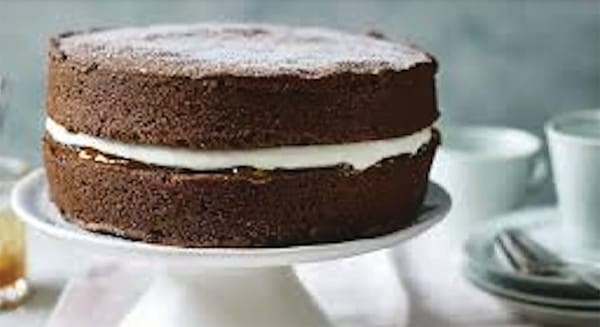On the kokoda track

On the kokoda track
Images and stories from Kokoda Track might have you believe that Australian soldiers, all of good British stock, took on and ultimately beat back the invasion by Asiatic hordes in Papua New Guinea during World War 2. However, some of the Australians were from other ethnic backgrounds, including Asian. Indeed, George Cheong from the local Waranga area, and whose grandfather was Chinese, was one of the defenders on the Kokoda Track.
George was born in Rushworth during World War 1, to parents William and Caroline. He grew up at Whroo and lived there prior to World War 2. Sadly, his father William died in 1944 while George was on active service and never got to rejoice in George’s homecoming at the end of the war. He is buried in the Rushworth cemetery.
Later Sergeant George William Cheong (VX116530), George had initially enlisted at Rushworth in April 1941 at the age of 24. At first, he was in the militia i.e. civilian forces that were not part of the regular army, and only supposed to serve in Australia. His battalion went to Papua New Guinea in late 1941, as PNG was deemed to be part of Australian territory at the time. Later, he signed on to be part of the regular army at Ilolo, Papua, just before his unit went up the Kokoda Track to meet the invaders.
Facing the japanese invaders
Like many local men, he was a member of the famous 39th Battalion, which became the first unit to front the Japanese advance around Kokoda in July 1942. Other locals who were in the battalion included Charles Clarke, Joe Baker, Roy Nutt, Jack Lloyd and John McLeod (all of Rushworth), George Saunders and John Taylor (Girgarre), Aub Downing and George Dunster (Stanhope) and several from Tatura including Jack McPhail. Many of these men belonged to B Company of the 39th.
With the Japanese threat building, the 39th Battalion was ordered up the Kokoda Track along with another militia battalion. After the Japanese landed on the north coast of PNG in late July, they moved quickly to try to seize the strategic town and airfield at Kokoda. It soon became clear that Kokoda was indefensible, and the 39th started a strategic withdrawal back along the track towards Port Moresby.
At Isurava, site of the first major battle on the track, the militia battalions had been reinforced by two experienced regular army battalions. Eventually they were relieved as more troops arrived. Later in the war, George worked with the Australian New Guinea Administration Unit before his eventual discharge in February 1945. Shortly before that, he married his sweetheart Myee Aileen Bryant at St John’s church in Ashfield, NSW. His wife had also served her country in the Australian Women’s Army Service.
After the war, George and Myee farmed for a while at Moora East, then lived in Kyabram where George was a mail contractor and bus proprietor. The couple later moved to Macleod, a north-eastern suburb of Melbourne where George died in 1989. He is not recognised on the Rushworth war memorial’s WW2 nominal roll plaque even though he appears to tick all the boxes with regard to qualifying criteria.
Brothers in arms
George’s brother Arthur (VX126780) served for over two years (August 1943- October 1945) at Adelaide River, just over 100 km south of Darwin, as a truck driver. The Australians and Americans had set up a major army base there and an airfield at nearby Batchelor. Arthur’s unit was 1 Australian BIPOD – Bulk Issue of Petrol and Oil Depot. The airfield was bombed by the Japanese in November 1943, the last of over 200 air raids on northern Australia during the war. It is unclear whether Arthur was there at the time.
Another brother, Albert Edwin Cheong (V331265) served on the home front, including at the No 3 and 4 Internment camps off Zegelin Road, north of Rushworth. Each camp contained up to 1000 civilians who were interned because they were foreign nationals from countries like Italy and Germany, and therefore deemed to be the enemy.
The Cheong family made a significant contribution to Australia’s war effort during World War 2. These three boys were just some of the many Australians of Asian descent who helped thwart Japan’s intentions. Perhaps there was an element of retribution involved, as the Imperial Japanese Army had already carried out many depredations in China in the 1930s.










